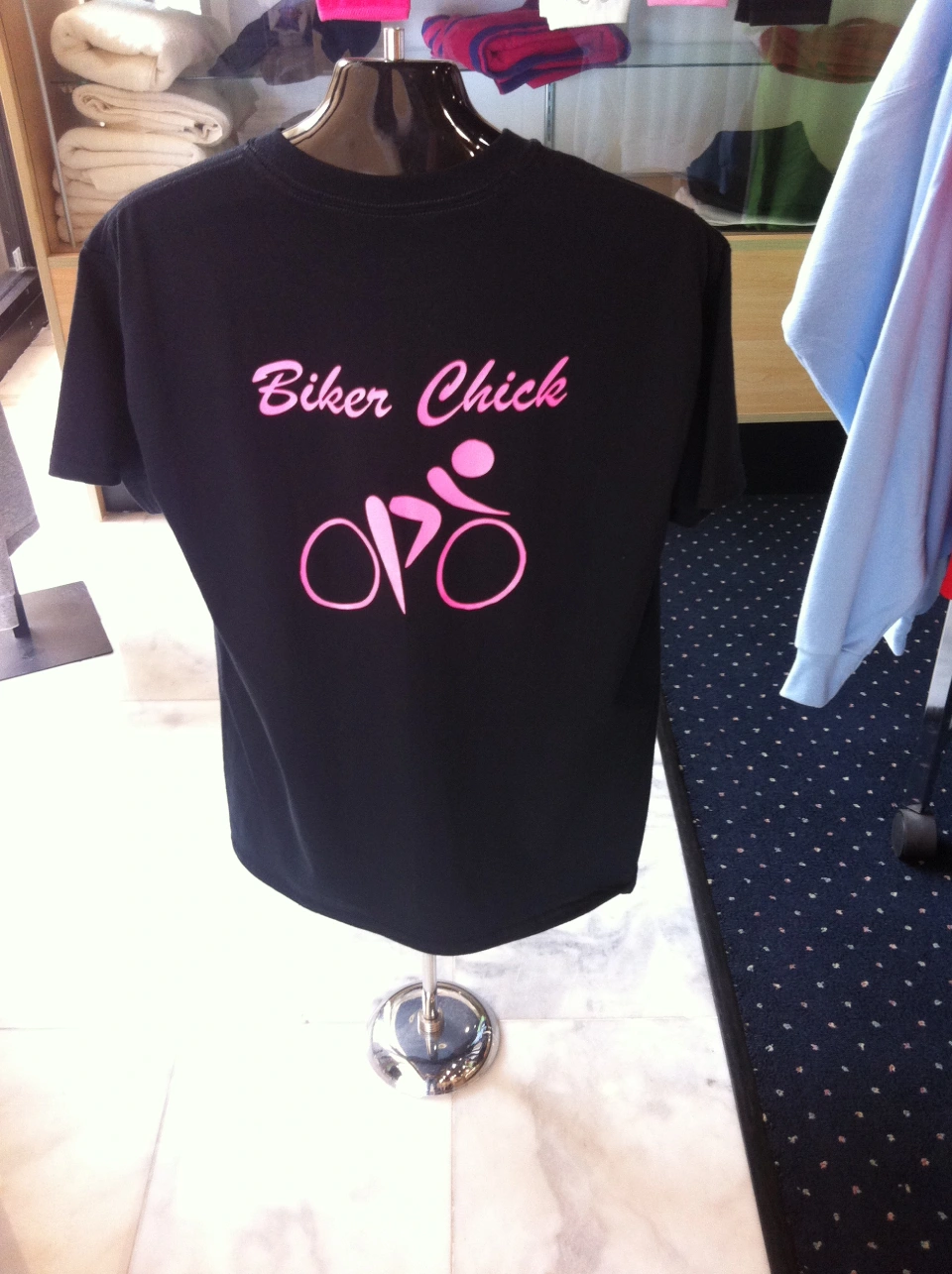Elegant Monogramming on Towels for a Touch of Luxury
Elegant Monogramming on Towels for a Touch of Luxury
Blog Article
The Art of Customized Needlework: Opening the Keys to Creating Unique and Remarkable Designs
The tricks to creating custom needlework layouts that captivate the eye and leave a lasting impact lie in a fragile balance of technique, imagination, and attention to information. As we dig into the world of customized needlework, we reveal the nuanced interplay in between thread choice, sew intricacy, and design customization that boosts a plain garment to a work of art.
Choosing the Right Needlework Threads
When choosing needlework strings, what vital variables should you think about to make sure the finest outcomes for your custom-made styles? The selection of embroidery thread is crucial in identifying the final result of your stitched layout.
In addition, the weight or density of the string plays a substantial function in the appearance of the embroidery. Thicker strings can include measurement and texture to your style, while finer threads are perfect for elaborate details and tiny text. Additionally, considering the shade fastness and washability of the string is important to make certain that your personalized layouts preserve their high quality and vibrancy over time. By carefully assessing these elements and selecting high-grade strings that satisfy your details demands, you can enhance the visual allure and long life of your embroidered productions.
Discovering Various Stitch Methods
To look into the realm of 'Checking out Different Stitch Techniques', one should grasp the ins and outs and subtleties that each sewing approach gives the art of needlework. Various stitch strategies not just add visual rate of interest however also add to the overall structure and measurement of the design. One preferred stitch method is the satin stitch, which involves closely stuffed parallel stitches to develop a smooth and shiny surface, ideal for completing forms and producing vibrant outlines.
On the various other hand, the backstitch is a flexible technique commonly used for detailing and including fine information. It involves stitching backwards to develop a strong line of needlework. Additionally, the French knot stitch adds a responsive component to designs, perfect for producing textured accents like flower centers or ornamental touches.
Discovering different stitch techniques enables embroiderers to have fun with light, darkness, and deepness within their layouts, raising the visual appeal and creative high quality of their needlework jobs. By grasping various stitching methods, one can unlock endless possibilities for producing special and remarkable personalized needlework items.
Incorporating Personalized Layout Elements
Having explored the intricacies of different stitch techniques such as the satin stitch, backstitch, and French knot, the focus now moves towards incorporating tailored layout aspects in custom needlework jobs. Customized design elements play an important function in making needlework tasks genuinely special and unforgettable. One way to incorporate personalization is by adding initials, names, or significant days to the style. This not only adds a customized touch however also boosts the nostalgic value of the embroidery piece.
An additional method to include tailored style components is by consisting of icons or themes that hold unique significance to the recipient or mirror their interests and individuality. For instance, incorporating a preferred blossom, animal, or hobby-related icon can make the embroidery style more significant and personalized. In addition, picking shades that reverberate with the recipient or align with the designated motif can better boost the personalization of the needlework job.
Understanding the Art of Color Coordination

One trick element of shade coordination is recognizing color theory. This includes recognizing how various shades engage with each various other, the emotions they share, and how they can be integrated to produce visually attractive layouts. By applying color concept principles, embroiderers can develop harmonious color schemes that enhance the general appearance of the style.
Furthermore, focusing on contrast is vital in shade coordination. Utilizing contrasting shades can help certain aspects of the layout pop, boost legibility, and produce a visually dynamic embroidery item. By understanding the art of color control, embroiderers can boost their layouts and create memorable pieces that resonate with clients and customers alike.
Enhancing Structure With Advanced Needlework Stitches
French knots, for example, are best for adding little, raised dots to your style, resembling the look of grains or producing a distinctive surface. Bullion knots, on the various other hand, can be made use of to produce twisted, ropelike go to this web-site elements that add a glamorous feeling to the needlework. Seed sewing includes little, scattered stitches that can fill up in areas with a multicolor structure, while turkey job produces fluffy, dimensional accents similar to pet fur or vegetation. Try out these advanced embroidery stitches permits you to press the borders of typical needlework and create truly unique and aesthetically enticing appearances in your layouts.
Conclusion
To conclude, the art of custom embroidery involves a mix of picking the right strings, checking out different stitch methods, incorporating personalized layout aspects, understanding color coordination, and boosting appearance with innovative stitches. By recognizing and carrying out these essential aspects, embroiderers can create one-of-a-kind and remarkable styles that showcase their creativity and ability. Needlework lovers can unlock the keys to developing lovely and bespoke pieces that stand apart and leave a long-term impact.
Report this page